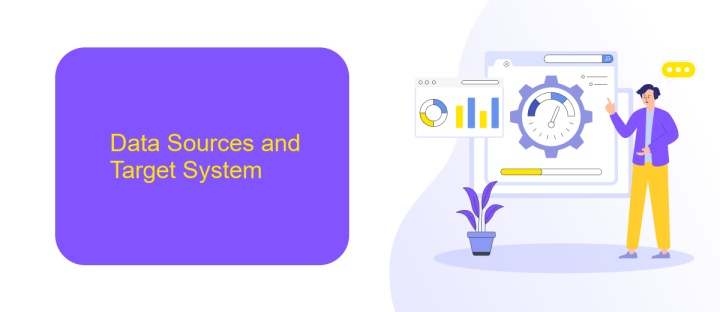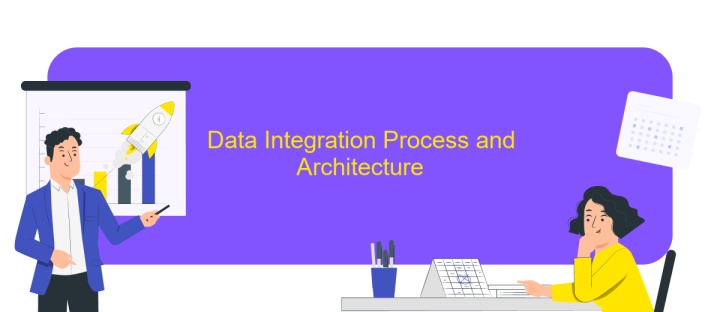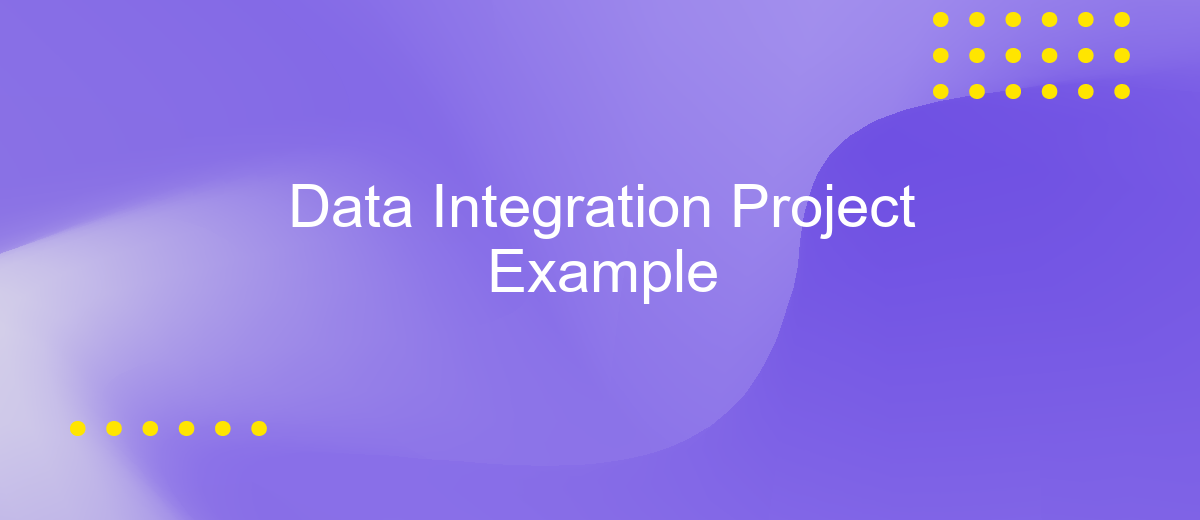Data Integration Project Example
In today's data-driven world, effective data integration is crucial for organizations striving to harness the full potential of their information assets. This article presents a comprehensive example of a data integration project, illustrating the key steps and best practices involved in seamlessly combining disparate data sources. By exploring this example, readers will gain valuable insights into optimizing data workflows and enhancing decision-making processes through successful data integration.
Project Overview and Objectives
The Data Integration Project aims to streamline and enhance the way disparate data sources are combined and utilized within an organization. By establishing a unified data ecosystem, the project seeks to improve data accessibility, accuracy, and decision-making capabilities. This initiative is designed to address the challenges of data silos and inconsistencies, ultimately fostering a more efficient and data-driven environment.
- Consolidate data from multiple sources into a single, cohesive platform.
- Ensure data quality and consistency across all integrated sources.
- Facilitate real-time data access and analysis for stakeholders.
- Enhance data security and compliance with industry standards.
- Enable advanced analytics and reporting capabilities.
By achieving these objectives, the project will empower teams to make informed decisions based on comprehensive and reliable data insights. The integration process will leverage cutting-edge technologies and best practices to ensure seamless data flow and interoperability. Ultimately, the Data Integration Project will serve as a cornerstone for the organization's digital transformation, driving innovation and operational excellence.
Data Sources and Target System

In our Data Integration Project, we utilize a variety of data sources to ensure comprehensive and accurate data flow. These sources include relational databases, cloud storage solutions, and third-party APIs, each providing unique and valuable data sets. Relational databases, such as MySQL and PostgreSQL, offer structured data that is essential for transactional processes. Cloud storage solutions like AWS S3 and Google Cloud Storage provide scalable and flexible options for handling large volumes of unstructured data. Additionally, third-party APIs allow us to integrate real-time data from external platforms, enhancing the dynamism and relevance of our datasets.
The target system for our data integration is a centralized data warehouse, which serves as the repository for consolidated data from various sources. This warehouse is designed to support advanced analytics and reporting, enabling informed decision-making across the organization. To streamline the integration process, we employ ApiX-Drive, a powerful tool that automates data transfer and synchronization between disparate systems. ApiX-Drive simplifies the setup of integrations, reducing the need for manual intervention and ensuring that data is consistently up-to-date and accurate within the target system.
Data Integration Process and Architecture

Data integration is a critical process in modern organizations, enabling seamless data flow between disparate systems. It involves combining data from various sources to provide a unified view, enhancing decision-making and operational efficiency. A well-structured data integration architecture ensures data consistency, quality, and accessibility across the organization.
- Data Extraction: Collecting data from diverse sources such as databases, APIs, and flat files.
- Data Transformation: Converting data into a common format, ensuring consistency and quality through cleansing and normalization.
- Data Loading: Integrating transformed data into a centralized repository, such as a data warehouse or data lake.
- Data Synchronization: Ensuring real-time data updates and consistency across all systems.
- Data Monitoring and Management: Continuously overseeing data processes to maintain integrity and performance.
Implementing a robust data integration architecture involves leveraging technologies like ETL (Extract, Transform, Load) tools, data pipelines, and middleware solutions. By adopting best practices and modern tools, organizations can achieve efficient data integration, driving analytics and business intelligence initiatives effectively.
Implementation and Testing

The implementation phase of the Data Integration Project involves setting up the necessary infrastructure and tools to facilitate seamless data flow between disparate systems. This requires configuring data pipelines, establishing connections to data sources, and ensuring data transformation processes are correctly defined. Key technologies such as ETL (Extract, Transform, Load) tools, APIs, and middleware platforms are employed to ensure data is accurately and efficiently integrated.
Once the integration setup is complete, rigorous testing is conducted to validate data accuracy, consistency, and performance. Testing ensures that data is correctly mapped and transformed, and that the integration processes meet the defined requirements. Any discrepancies or issues identified during testing are addressed through iterative debugging and refinement of the integration logic.
- Unit Testing: Verifies individual components of the integration.
- Integration Testing: Ensures different systems work together smoothly.
- Performance Testing: Assesses the speed and efficiency of data processing.
- User Acceptance Testing: Confirms the system meets user needs and expectations.
Successful testing leads to the deployment phase, where the integration solution is rolled out to the production environment. Continuous monitoring is implemented to ensure ongoing data integrity and to quickly address any issues that may arise post-deployment. This proactive approach helps maintain a robust and reliable data integration system.
Deployment, Monitoring, and Maintenance
Deploying a data integration project requires a strategic approach to ensure seamless functionality. Initially, it is vital to set up a robust environment where the integration processes can run efficiently. This involves configuring servers, databases, and networks to support data flow. Utilizing services like ApiX-Drive can simplify this process by offering automated integration capabilities, reducing manual intervention and potential errors. ApiX-Drive's intuitive interface allows users to connect various applications effortlessly, ensuring that data is transferred accurately and in real-time.
Monitoring and maintenance are crucial to sustaining the integration's effectiveness. Continuous monitoring helps identify potential issues before they impact operations. Implementing real-time alerts and dashboards can provide visibility into data flows and system performance. Regular maintenance, including updates and optimizations, keeps the integration aligned with evolving business needs. Leveraging ApiX-Drive's monitoring tools can enhance oversight by providing insights into integration health and performance. This proactive approach ensures that the data integration project remains reliable and continues to deliver value over time.
FAQ
What is data integration in the context of a project?
What are the common challenges faced during data integration?
How can I automate data integration processes?
What are the benefits of successful data integration?
How do you ensure data security during integration?
Time is the most valuable resource in today's business realities. By eliminating the routine from work processes, you will get more opportunities to implement the most daring plans and ideas. Choose – you can continue to waste time, money and nerves on inefficient solutions, or you can use ApiX-Drive, automating work processes and achieving results with minimal investment of money, effort and human resources.

